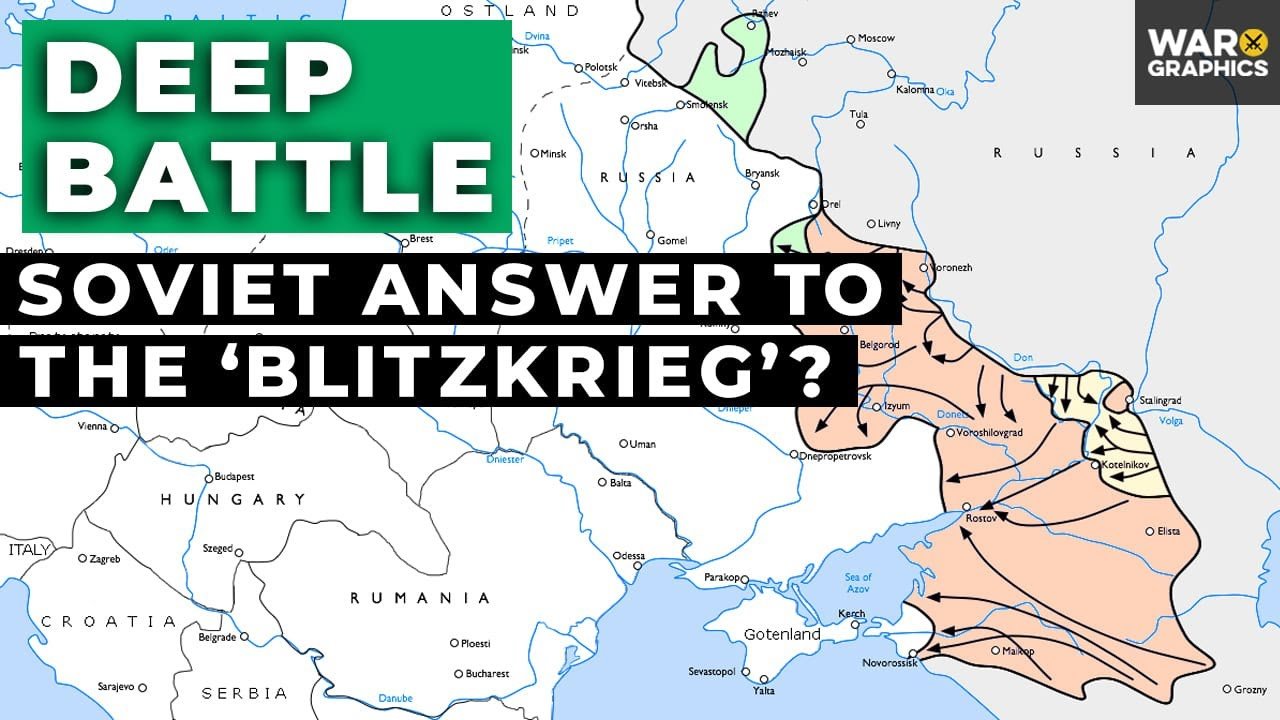The video titled “Deep Battle: The Soviet Answer to the Blitzkrieg” explores the military strategy developed by the Soviet Union in response to the rapid and highly mobile warfare tactics, known as Blitzkrieg, employed by Nazi Germany during World War II. It delves into the origins, theoretical underpinnings, and practical applications of the Deep Battle doctrine, illustrating how it aimed to counteract and ultimately overcome the Blitzkrieg through comprehensive depth and multiple echelons of armed forces.
- The Deep Battle doctrine was conceptualized in the 1920s and 1930s by Soviet military theorists as a counter to the fast-paced, mechanized warfare of the Blitzkrieg.
- It emphasized destroying the enemy’s ability to conduct operations by targeting its rear and disrupting its logistics and command structures, rather than merely engaging front-line troops.
- The strategy involved the use of multiple echelons of forces, including reserves, to penetrate deeply into enemy territory and exploit breaches in their defenses.
- Deep Battle called for the integration of various military branches, including infantry, armor, aviation, and artillery, to create a cohesive and multifaceted offensive.
- The doctrine was put into practice during World War II, significantly contributing to Soviet victories on the Eastern Front, such as the Battle of Stalingrad and the Operation Bagration.
- Despite initial skepticism and the purges of its early proponents within the Soviet military hierarchy, Deep Battle proved to be a pivotal element in the USSR’s ability to repel and ultimately defeat Nazi Germany.
This summary has been generated by AI.

Leave a Reply